It's been three years since it was last updated. The Sony WH-1000XM6 has been a long time coming. Especially since then, competition has stepped up, such as the excellent JBL Tour One M3, Marshall Monitor III ANC, Bose QuietComfort Ultra, and even the newcomer to the market, Sonos Ace. This Mark 6—which hasn't escaped inflation with a launch price of €450—must therefore reclaim its place on the throne of the best active noise-cancelling headphones. Here is our complete review of the Sony WH-1000XM6 after several days of testing.
Evolution rather than revolution; its design and conception change little and even correct some of its predecessor's flaws. Starting with the return of a folding design that we missed so much on the M5. It can be stored much more easily in its hard case, which takes up less space. Always well thought out, it closes thanks to a magnetic lock system and thus avoids having to manipulate a zipper all around, very practical!
Perfect finish and improved comfort
Another flaw in its predecessor that Sony has addressed: the headband. The WH-1000XM6's headband has been widened to avoid the pressure on the top of the head that was felt when wearing the M5. With thick memory foam ear cushions, the comfort of this 2025 version is simply perfect and even equals what Bose does best with its QuietComfort.
During our test, we were able to wear the WH-1000XM6 for hours without ever wanting to take it off. It must be said that its very low weight of only 254 grams also helps greatly with this. As does the slightly more pronounced inclination of the earphones, which thus fit the shape of the ears much better. Incidentally, this choice means you no longer have to worry about which way to wear the headphones.
When it comes to finishing, the Japanese manufacturer has not skimped either with thick, matte plastics for the headphones, metal for the headbands and vegetable-tanned leather for the textile. The assembly is impeccable and seems robust enough to withstand years of use. Be careful not to handle the headphones with overly greasy fingers, however; the matte surface of the earbuds loves them!
A few ergonomic buttons and a jack port
Under the right earpiece, there's a USB-C port that only charges the headphones. It's now possible to do this while listening to music, which was prohibited with previous generations. However, audio is absolutely not supported by this port. For wired listening, Sony has opted for the good old 3.5 mm jack located under the left earpiece. We regret this choice, as modern smartphones are now devoid of it. To enjoy a lossless signal, you must therefore favor the LDAC codec, which is only supported by certain Android devices. Apple smartphone owners will therefore have to settle for AAC.
Next to this jack port is the power and Bluetooth pairing button. Slightly above, a second button is dedicated to switching between active noise reduction and transparency. You can also assign quick actions via a double or triple tap to directly launch Spotify Tap or Amazon Music, for example. To control play/pause, change tracks and adjust the volume, you have to use the touch surface of the right earpiece. Large and sensitive, it fulfills its role perfectly and responds flawlessly to commands.
The most comprehensive application on the market
As always with Sony, the WH-1000M6 comes with the most comprehensive application on the market. So comprehensive that it can be somewhat daunting due to its cluttered interface. But Sound Connect allows you to manage a wealth of software rarely seen in the competition. The ten-band equalizer also offers presets, including a new game mode designed specifically to highlight FPS sounds. It can also be customized to your hearing with a series of audio tests.
Noise reduction is not left out since it can adapt to our activity: maximum in transport or moderate when walking in the city so as not to be too isolated from the environment. A "Speak to chat" mode puts the headset in transparency mode as soon as we start to pronounce a word. This can also be deactivated for users who do not like the option or for those who would find that it is triggered too quickly.
The WH-1000M6 can also detect head movements to, for example, answer a call by nodding. Of course, port detection, which pauses playback as soon as you remove the headphones, is included, as is multipoint connection to two devices.
Thanks to Bluetooth 5.3, this sixth generation of the 1000X headphones is also LE Audio compatible (currently in beta), allowing you to connect on the fly to a Bluetooth signal using Auracast. Unfortunately, we were unable to connect it to the Smart Tx box supplied with the JBL Tour One M3 headphones that we recently tested. We will probably have to wait for the final version of this function to achieve this. Despite everything, it's difficult to find a more comprehensive feature set than this new high-end model from Sony.
No less than 12 microphones for noise reduction
While Bose has always dominated the market in the field of active noise reduction, Sony, like Apple, has managed to match it in recent years. The Japanese brand should therefore not rest on its laurels, even if the WH-1000XM5 remains difficult to beat in this discipline. To achieve this, the Mark 6 integrates the brand new HD QN3 chip, 7 times faster than the previous one. There are also no fewer than 12 microphones that have been included in this new generation, 4 times more than before! And the result is worth the hardware investment: this WH-1000XM6 easily becomes the boss of active noise reduction thanks to demonic efficiency as we have been able to observe both on planes and on public transport. Aerodynamic or rolling noise fades away effortlessly, plunging us into a true bubble of silence, just the way we like it.
Like its competitors, it doesn't work miracles on voices that we still hear, but even if they are also quite muffled, for example in an open space. The logical counterpart to this performance is that the transparency is very natural thanks to this armada of microphones that capture sounds coming from all directions and perfectly reproduce their location; especially since they resist wind quite effectively, as our test showed us. In hands-free mode, the M6 is also very comfortable, using 6 of the 12 microphones to form an acoustic beam towards the mouth. The noise reduction algorithm completes the package and manages to eliminate background noise, even in very noisy environments. Artifacts do appear, but the voice remains isolated and intelligible.
Our opinion on audio quality: Sony masters its subject
Of course, Sony has always distinguished itself with this range through its audio expertise. Without ever aiming for hi-fi, the 1000X have always been able to reproduce the signal with great detail and a sound signature leaning towards low frequencies. The new 30mm drivers (high-rigidity composite carbon fiber dome) do not deviate from Japanese tradition, aided, according to the manufacturer, for the first time by the external expertise of three renowned mastering engineers.
The bass is therefore faithful to the position and shapes the overall identity of this 1000XM6: it is powerful, but above all very precise and responsive, we feel here that the mobility of the speakers has been well worked. However, the rest of the spectrum is absolutely not forgotten, quite the contrary. Whether it's the mids or the treble, Sony has taken care with its new high-end headphones, which offer a wealth of detail here. The voices are warm, the treble precise and the whole thing resists distortion very well at high volume. The spatialization is not left out, thanks first of all to a good separation of the instruments. They thus manage to find their place on a wide soundstage without being too vast. The balance is perfect.
The dynamics are also superb, as we were able to see in our classical music listening test, which can be explosive when needed. By using the LDAC codec, we gain even more dynamism, much to the delight of Android device owners. Special mention also goes to the cinema mode, which uses the new 360 Upmix algorithm to better highlight the actors' voices. It's incredibly effective, and it's hard to go back to music mode when watching a film or series. In short, we all know Sony's skills in terms of audio, whatever the range, and on this one, we are admirably well served.
Autonomy in the good average
Finally, the battery life remains identical to the previous generation, around 30 hours according to Sony. In our real-life test, we were able to get close to this performance, which is far from that of the Marshall Monitor III ANC, but largely sufficient for typical use. Sony has also equipped its WH-1000XM6 with a quick-charge function: 3 minutes of plugging in is enough to gain 3 hours of operation.




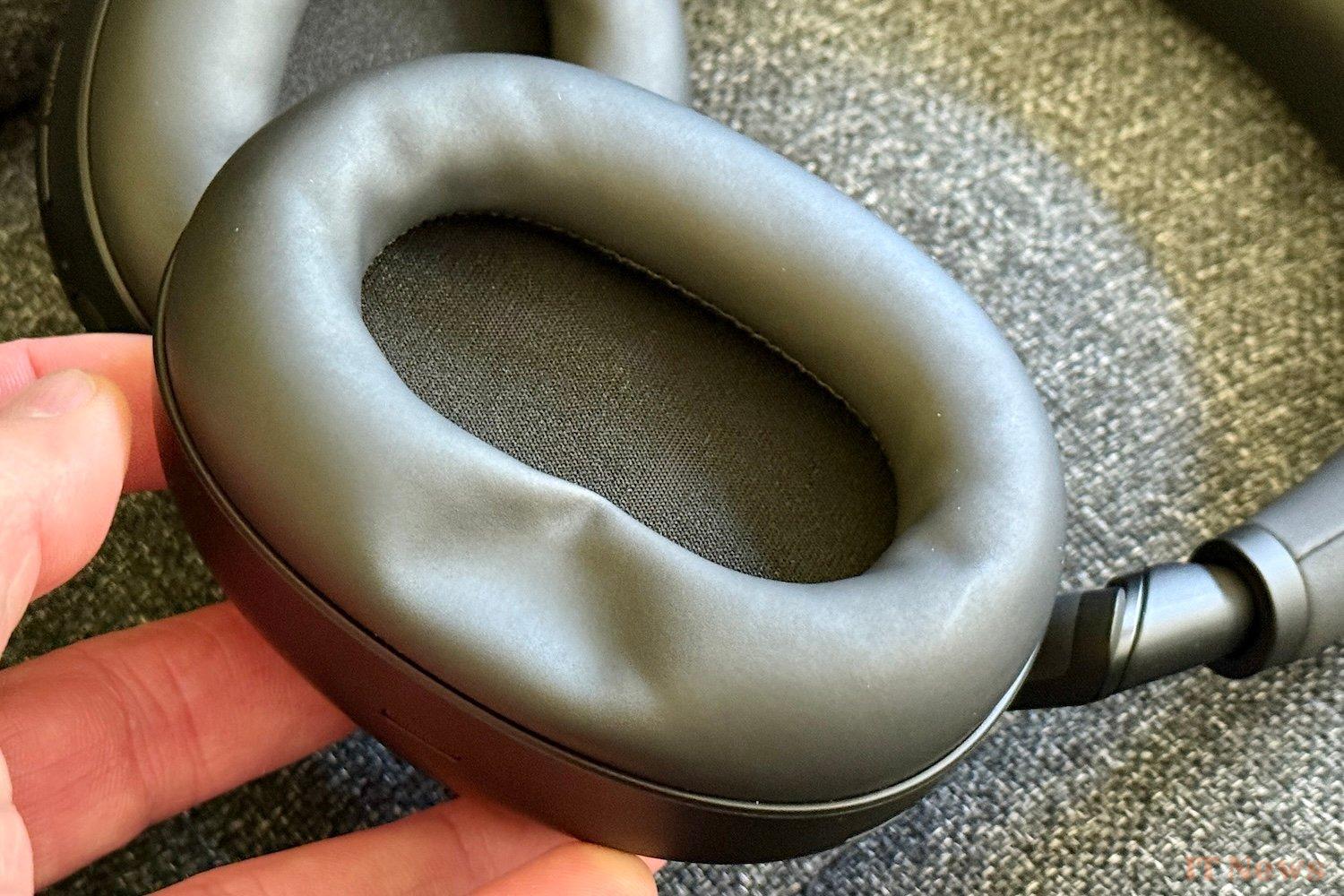
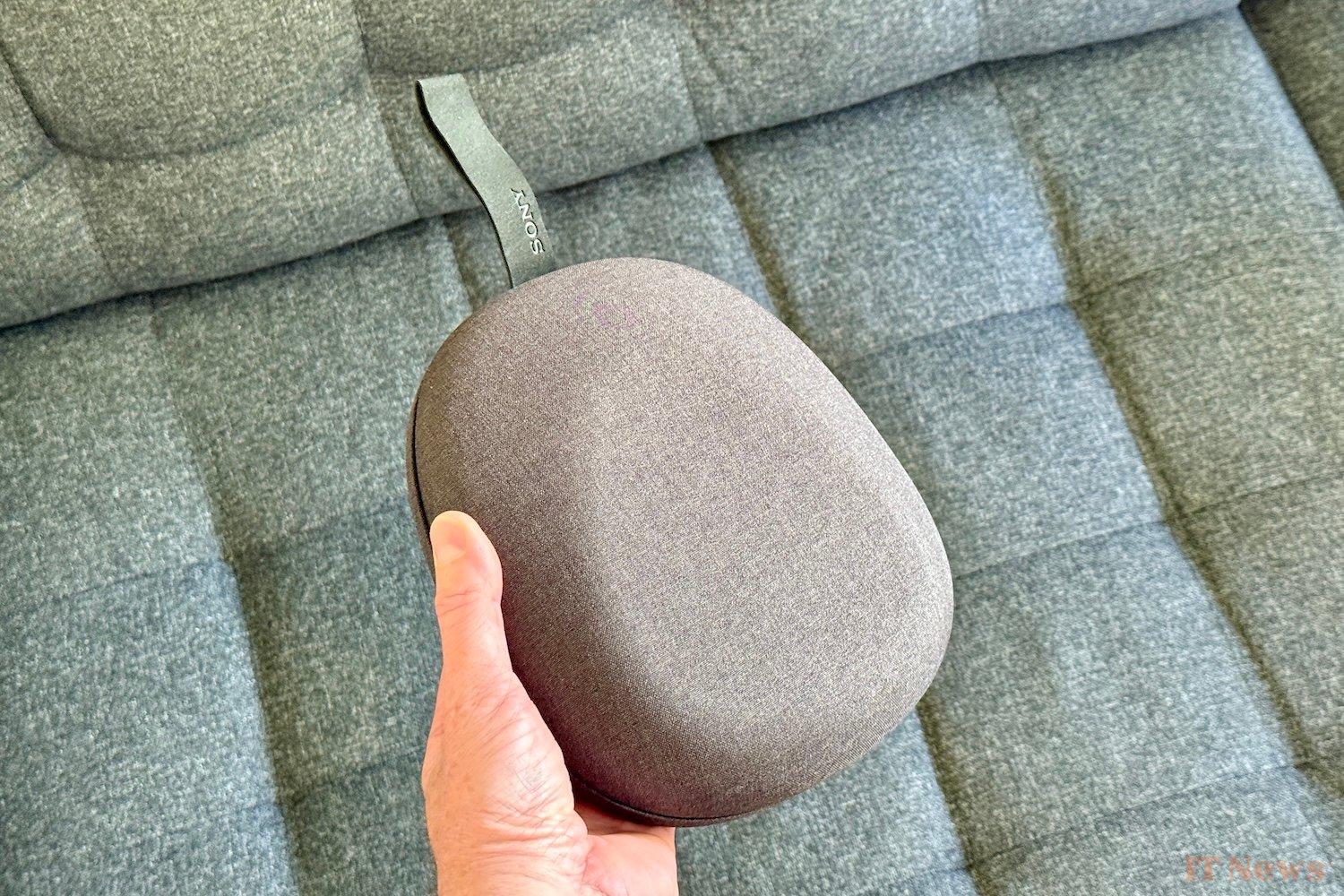
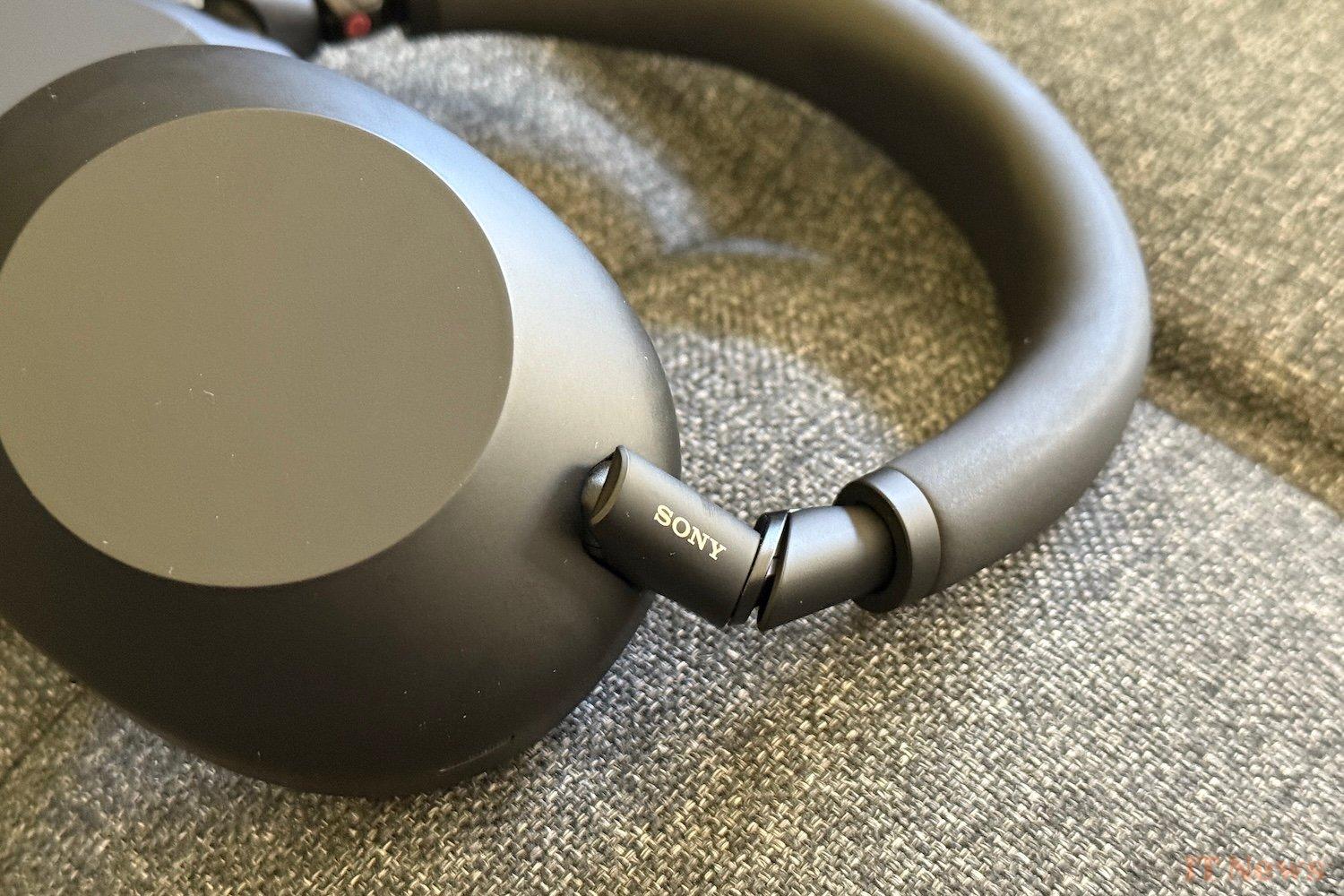
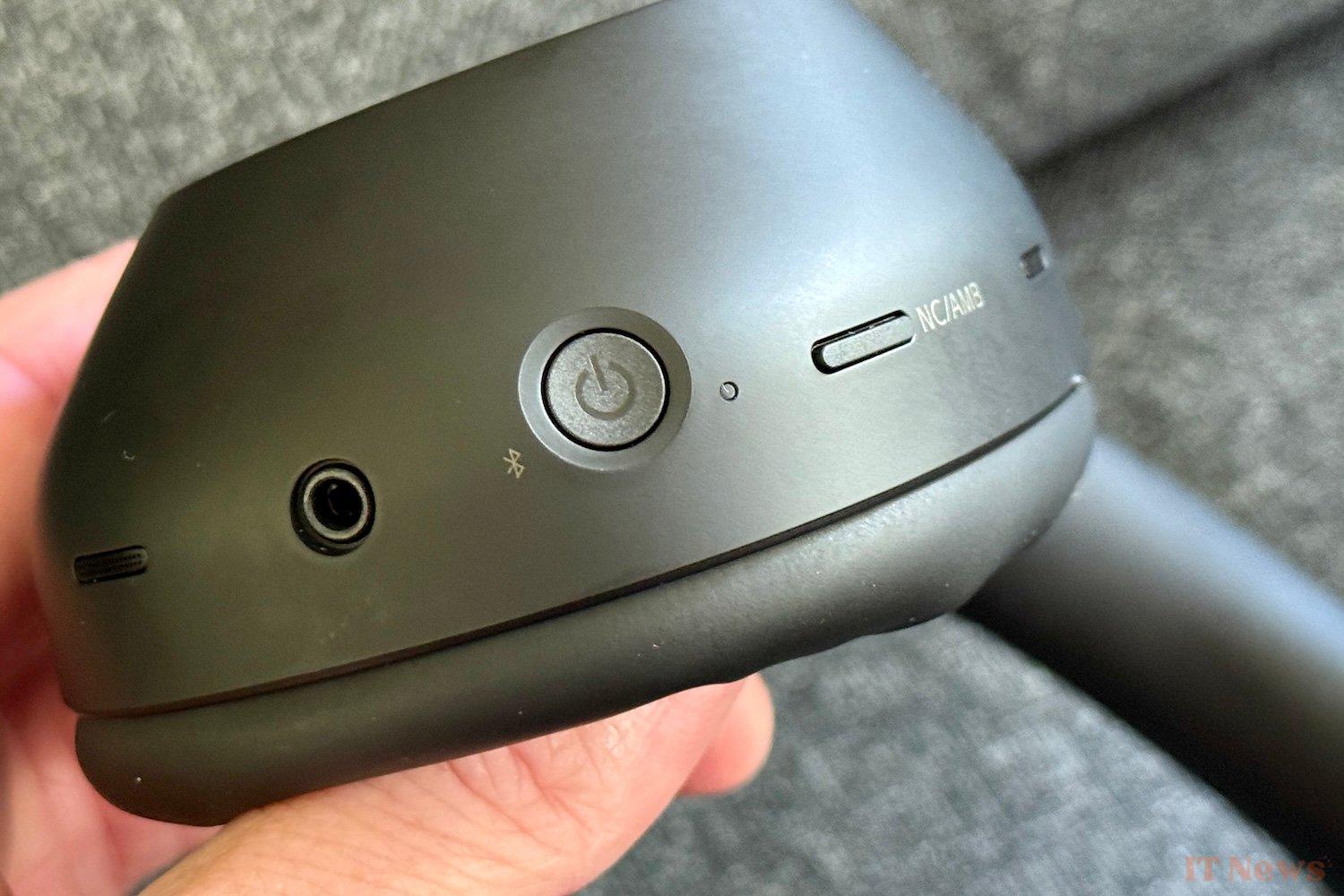
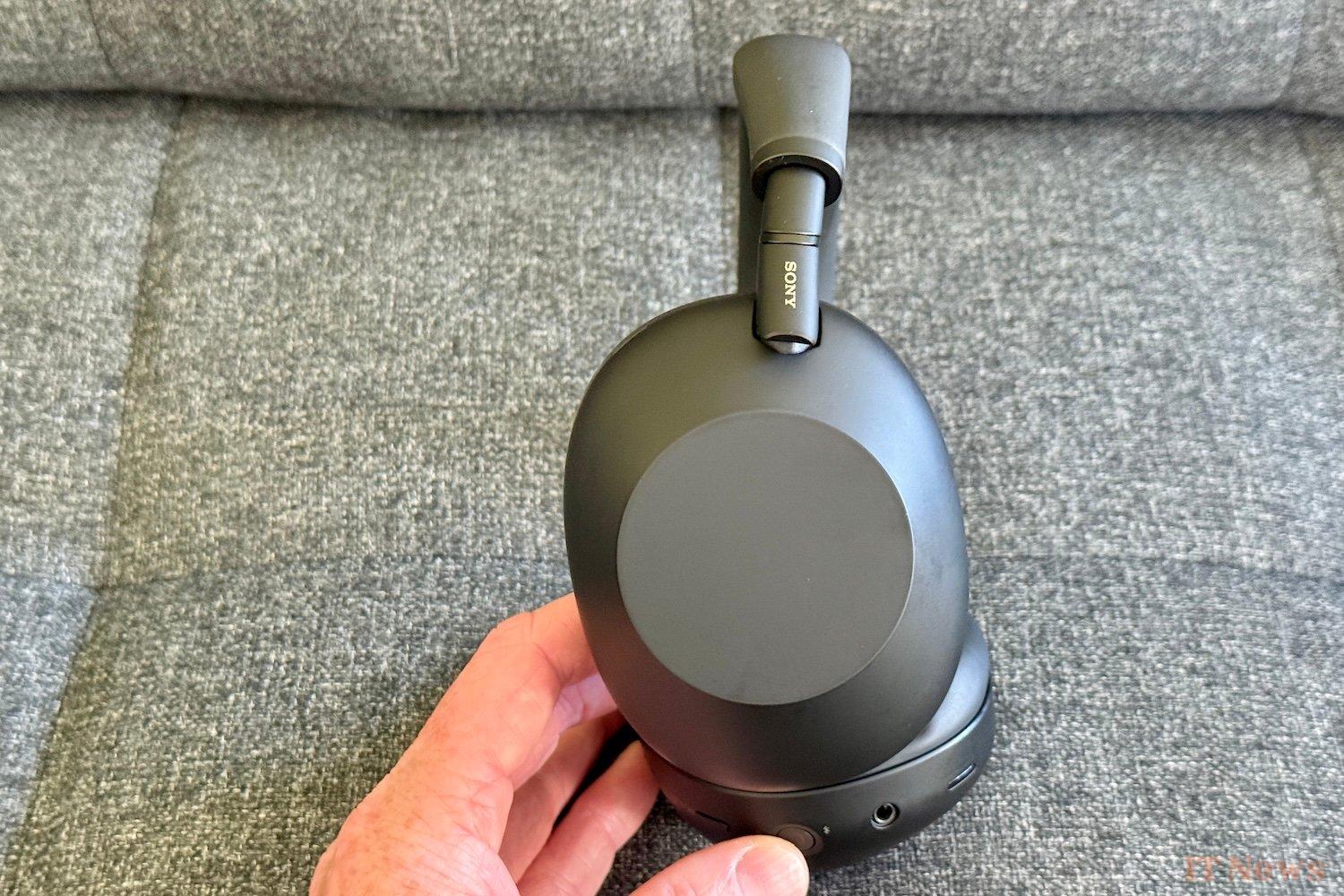





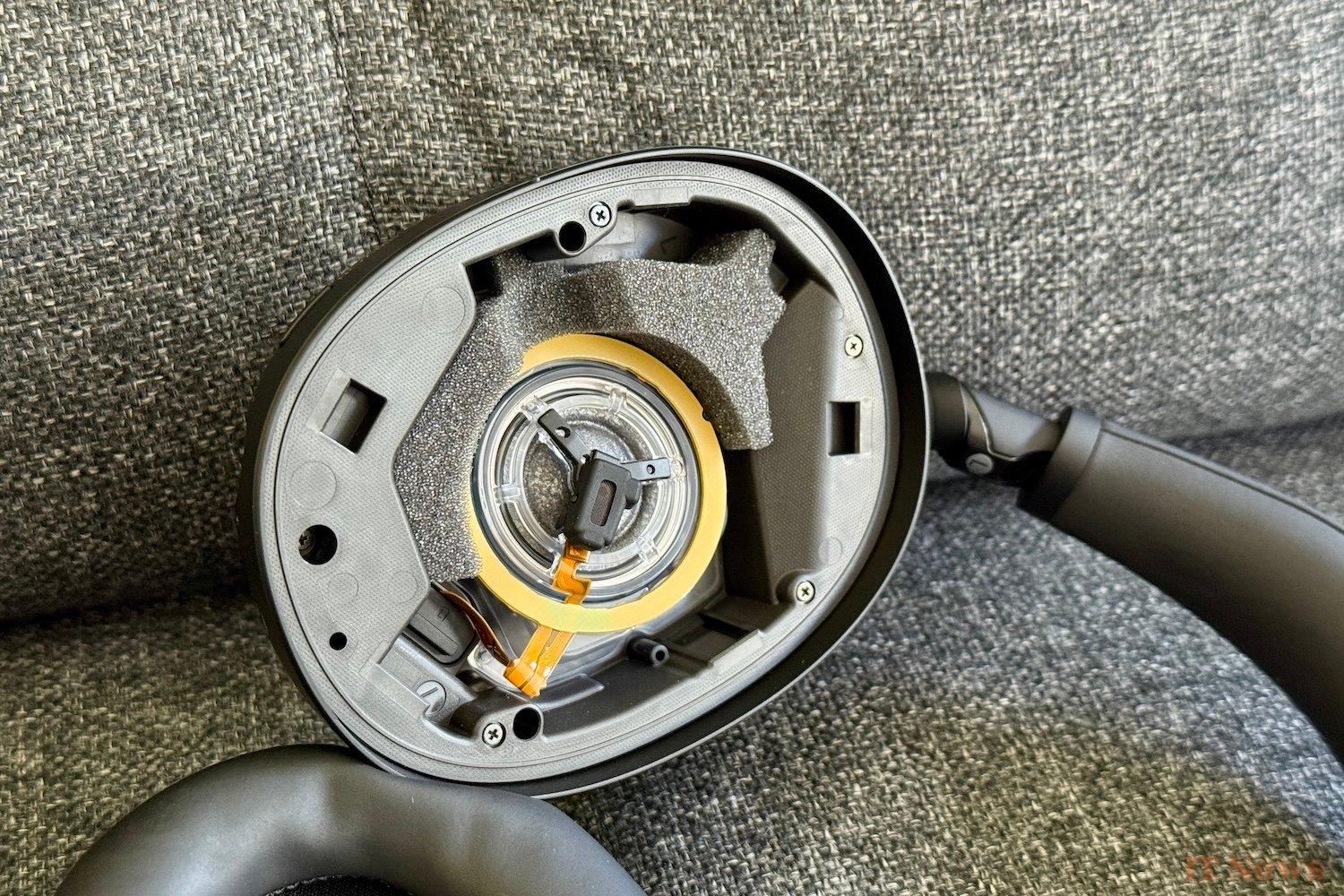
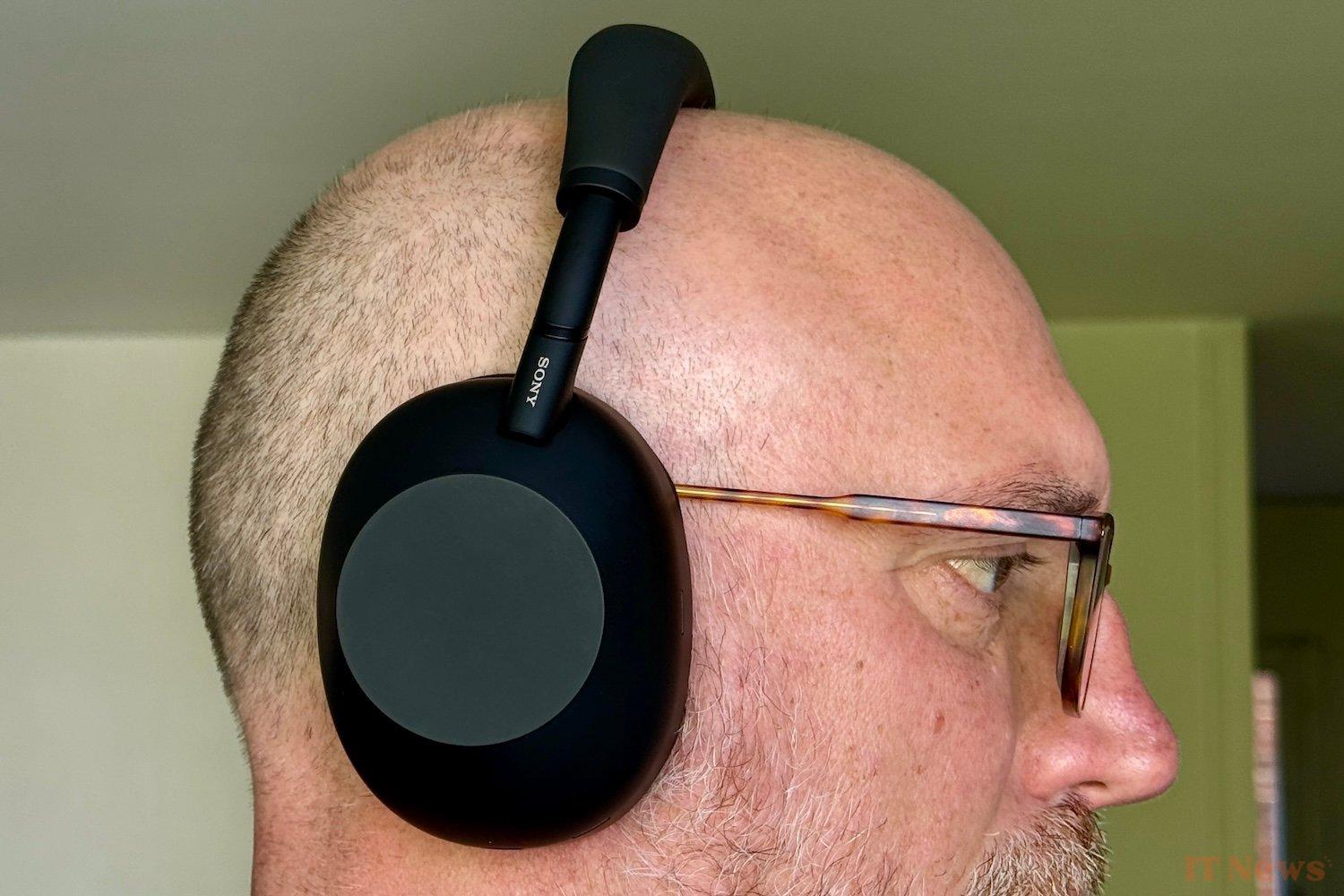



0 Comments